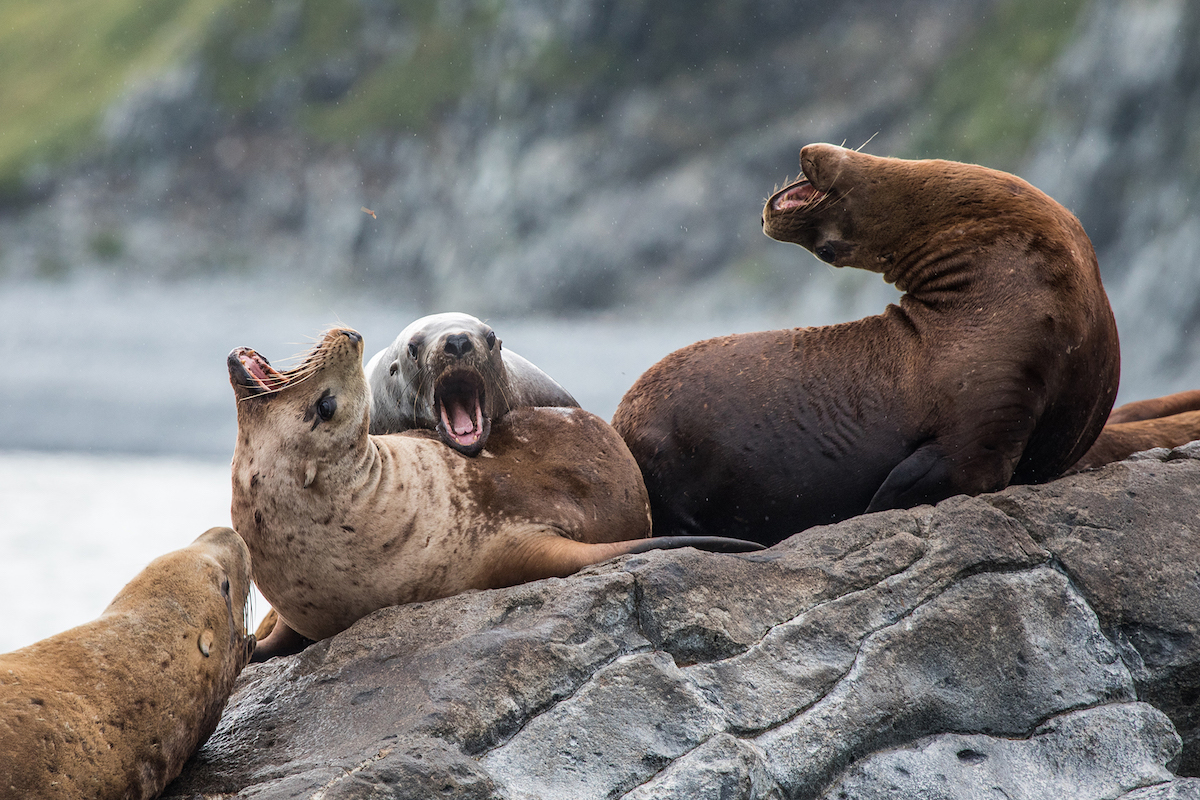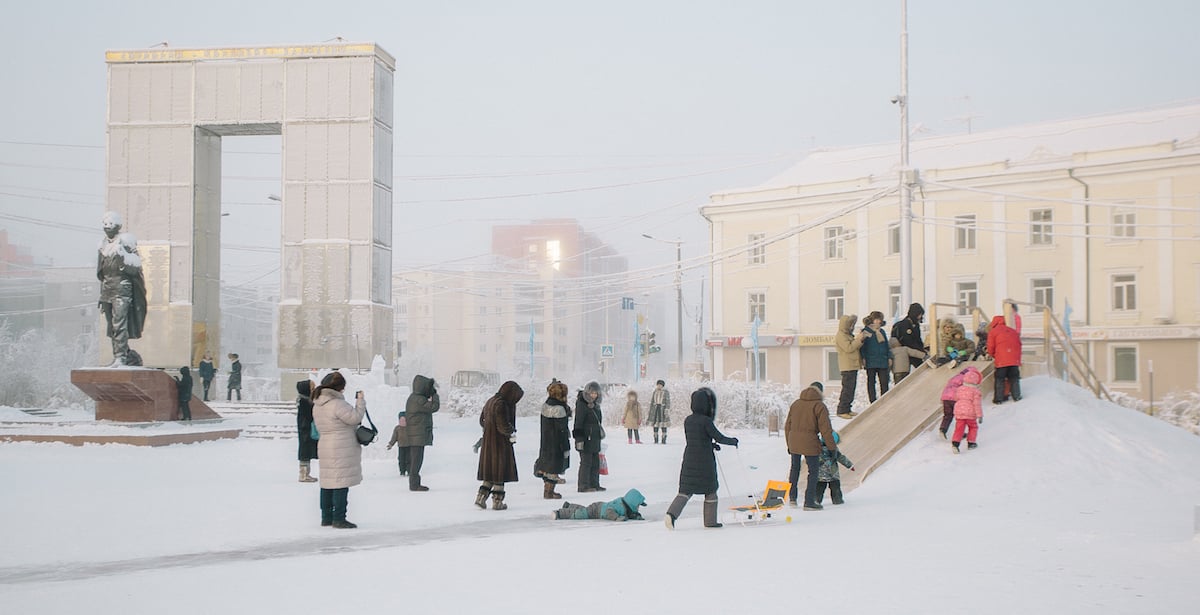In Russia’s Far East, the Nanai community are adapting to new ways of life
Yakutia-based photographer, Alexey Pavlov, travels to the Nanai District in Khabarovsk Krai to document how the native inhabitants of Russia’s Far East keep their culture alive.
Khabarovsk Krai in Russia’s Far East is best known for its nature. From orchids to tigers, the region boasts an amazing variety of flora and fauna. The banks of the Amur are also home to the indigenous Nanai population (the ethnonym translates simply as “people of this land”). In May 2019, I was lucky enough to visit the Nanai District for St Petersburg’s School of Modern Photography, Docdodoc, where I am currently studying.
Modern-day Nanais represent a complex historical community. They are the descendents of the Tungus, Turks, Mongols, and Machus who at different times settled in the Lower Amur basin. Since ancient times, the Nanai people have relied on fishing not only for sustenance but as a way of life. Today, pollution and overfishing has led to a decline of Amur salmon among other fish on the river. This has devastating repercussions for the livelihood of the Nanai people.
Recent graduates photographed shortly after their final ceremony. This year, only seven students graduated from year 11
I arrived in Troitskoye, the district’s capital, which is easily accessible by bus from the regional centre of Khabarovsk. From Troitskoye, I visited the villages of Djari, Naikhin, Dayerga, and Dada. When I arrived in Troitskoye, it transpired that the only hotel there was almost full. Some workers at the Nanai Culture Centre, located in nearby Djari, kindly allowed me to stay in one of the rooms there, and even provided a fold-out bed and bedding, which I was very grateful for.
Before I set off, I looked at projects by photographers who have worked on similar themes, including Oleg Ponomarev, Tatiana Plotnikova, Ikuru Kuwajima, Oleg Klimov, Fyodor Telkov, and many others. I tried to read and watch as much as I could about the culture and traditions of the Nanais, the places they live, their modern lifestyle, but found there was little information readily available.
I was struck by was the optimism and hospitality of the Nanai people. Despite the fact that life in these small villages is very restricted, and fishing remains the main occupation, I did not meet a single person who voiced any complaints. Everywhere I went, I was treated as a dear guest.
The native language continues to be taught at schools, but, according to the people I spoke to, it is given no special priority and is taught “in the same way as other foreign languages”. Only some of the older generation speak their native language to a proficient degree, and nobody else speaks it in everyday life.
In spite of this, the Nanai community are passionate about preserving their culture. More than a dozen national ensembles work in the Nanaian villages: the work of the Nanaian masters of arts and crafts is truly diverse and known far beyond the borders of Russia.
A secondary school in Naikhin
Leonid Makdyovich Beldy pictured beside his bee-hives in the village of Dada
In the village of Djari, I met younger inhabitants who were practicing parkour with a GoPro camera. It turned out they were filming videos for their YouTube channel
A display of traditional household items during the celebration of the anniversary of the Centre of Nanaian Culture
An abandoned house in the village of Naikhin. The decline in industry over the last 10 years has spiked unemployment numbers in many of its rural villages. As a reaction to this, young people are moving away to bigger towns
A local ensemble practices ahead of a national holiday dedicated to the anniversary of the Centre of Nanaian Culture, situated in the village of Jari
Students of the Children’s Centre in Naikhin before their end of year performance
A resident of Naikhin pictured outside the Post Office
In Dada, I talked to Danil Ivanovich Beldy, a PE teacher with nearly 40 years experience, and a coach in national sports and gymnastic competitions. Almost all the equipment in this gym was made by Danil himself
Valeria, who works for House of Culture in Naikhin
A fisherman’s house




